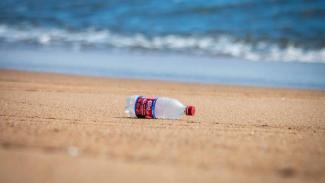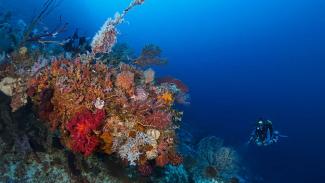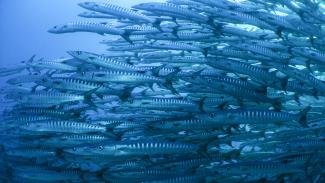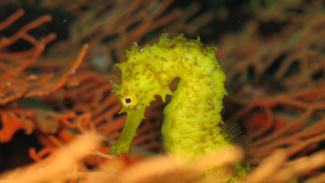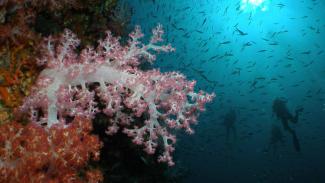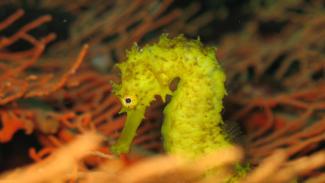
Tara North
Asia is home to some of the most diverse habitats in the world, both above and below the water, but it is estimated that more than one in three species are endangered... and the figure is rising alarmingly fast.
Underwater, a whole range of pressures are putting marine life under immense pressure. Intense population pressure is leading to over-fishing, pollution and the destruction of crucial habitats.
As a result, the numbers of almost all fish are declining and many are already endangered. Here you can meet some of these endangered species and hear their story.
Kings of the Ocean
Sharks
Sharks have inhabited our planet and controlled the food chain for more than 400 million years. Currently, there are 400 species of Sharks in the world. Over half of them are now considered Endangered or Vulnerable. It is estimated that, since 1970, the numbers of some shark species have declined by 95% or more. Some Hammerhead Sharks are thought to have declined by more than 99%. While conservation efforts focused on more 'cuddly' creatures, Sharks have slipped through conservation's net. Unfortunately, millions of them have ended up in fisherman's nets, supplying the ever-growing demand for Shark Fin Soup in China. Similar to the Napoleon Wrasse, Shark Fin Soup is considered a delicacy in China and the growing wealth of the country means that more and more people can now afford it. Once the Shark's fins are removed, they are simply tossed back into the ocean to die.
Sharks suffer from an unfortunate, hugely undeserved reputation. Only now, when they are well on their way to being wiped out, are we beginning to appreciate their importance to the entire marine food chain and therefore ourselves. The decline in numbers is so alarming that, unless very urgent action is taken, 400 million years of evolution may be destroyed in the blink of an eye.
Whales
Whales have been in our oceans for 50 million years. They have common ancestry with the Hippopotamus and are closely related to Dolphins. There are two types of Whales - Baleen Whales, which filter feed plankton and smaller Toothed Whales, which have teeth to feed on squid & fish. In total, there are around 40 species of Whale many of which pass through the tropics on their epic migrations. 11 are currently listed as endangered.
Many are vulnerable as they are yet to recover from commercial whaling, which drove many species near to extinction. Commercial Whaling was banned in the middle of the last century, but Whales are still struggling. Modern threats to their survival include: capture in Drift Nets, officially banned in 1992 but still used in certain places; Pollution, by way of garbage in the ocean which Whales may consume and damaging chemical pollution from human activities that enter the Whale's system and affect their health; and increased boat traffic, which . Japan still catches and kills many Whales annually in the name of 'scientific research'.
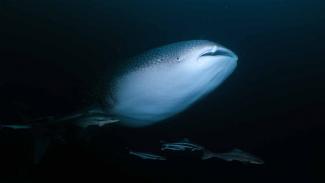
Tara North
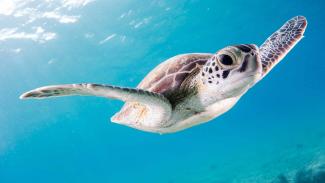
Kris Michael Krister
On the Brink
Napoleon Wrasse
Napoleon Wrasse are also known as Humphead Wrasse and Maori Wrasse, depending on where you are in the world. They are one of the largest fish found on coral reefs, reaching up to 2 metres in length. Adults are particularly distinctive, not only for their size, but also for their large lips and the bump on their head. Their reproductive behaviour is also curious, with individuals changing from female to male as they grow older - nobody knows why.
Sadly, they are highly sought after, both as food and for live fish-food. They are considered a high class, regal delicacy in some areas and, as wealth increases, they are sought by more and more people. They are slow to reproduce, which means populations will struggle to recover. Often, it is the juveniles that are killed, making their future even more bleak. They are often caught by spear-fishing and cyanide fishing. They are now listed as Endangered.
Tuna
Tuna wouldn't be the first fish most people would think of when talking about endangered species. In actual fact, Tuna populations are facing collapse. Between 1960 and 2000, the global Tuna Industry doubled in size every 10 years, reaching a peak in 2004. South-east Asia currently supplies half of the world's Tuna, but demand is far exceeding supply and stocks are declining at an alarming rate.
Two of the key Tuna species in danger are Yellowfin & Bigeye Tuna. The demand for Tuna has led to huge amounts of illegal, unreported and unlicensed fishing, on top of licensed fishing levels that are considered unsustainable. This huge amount of fishing is also having a big impact on many other species, both large & small, which are the 'by-catch' of the huge tuna fishing industry.
Seahorses
Seahorses are one of the most unique fish in the oceans. Not only is their appearance unique, but so is their behaviour. Unlike other fish, it is the males that give birth to the young, not the females. These shy creatures were once common all around the world, now they are endangered.
Before human intervention, they had almost no predators due to their excellent camouflage. Now, 24 million seahorses are taken from the oceans each year in an industry involving 77 different countries, to be used in traditional Chinese medicines, sold as souvenirs or kept as pets. They have also suffered as a result of shrimp trawling, destructive fishing methods & pollution. There are 35 species of seahorse in the world, around 25 of which are found in tropical waters. Many of them are now listed as endangered.
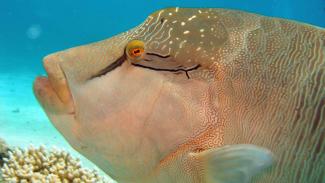
Tara North
You might also enjoy...
Get Involved
Brian Yurastis
Like many people, especially those who dive & love the oceans, you are no doubt concerned by the plight of our oceans and worried what the future may hold. The marine world needs our help, but sometimes it is easy to feel like you can't make a difference.
Getting technical
Christian Gloor


